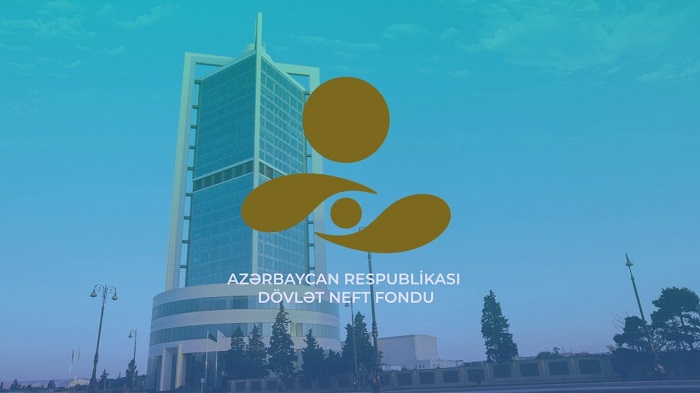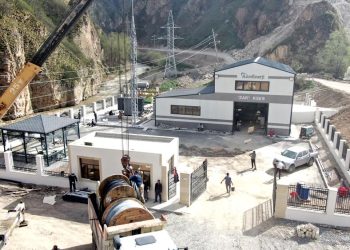As Iran prepares to unveil its newly designed oil and gas contract on November 28th, Natural Gas Europe had the pleasure of interviewing two senior analysts from Wood Mackenzie on their perspectives on the Iran Petroleum Contract (IPC).
Wood Mackenzie released a brief report on November 26th that analyzed aspects of the IPC.
Homayoun Falakshahi, Upstream Research Analyst and Ann-Louise Hittle, Head of Macro Oils Research for Wood Mackenzie answered some of our questions, which aim to bring further clarification on Iran’s newly designed contract.
– Is the new Iranian oil contract model an original idea or is it a replica of the Iraqi model?
– Falakshahi: Although some of the Iranian Petroleum Contract (IPC) features are expected to be similar to the previous buy-back system or the Iraqi model, it also comes with a few interesting innovations, like increased flexibility and interactivity. But the floating remuneration fee sliding according to the oil price looks set to be the main one.
– You have noted that foreign company investments in Iran’s upstream oil and gas projects will be economically justified if such oil and gas fields hold high reserves. Would you please clarify this?
Falakshahi: The commercial viability of future Iranian projects for international investors will most likely depend on how quickly companies will recover their costs, and how attractive the remuneration fee will be. However if this remuneration fee per barrel is too low, companies will likely need high production in order to receive an attractive enough overall remuneration.
– The new contract model is not guaranteed by the government or the central bank. Is this a weak-point or the standard with regards to similar contracts?
Falakshahi: Clearly, payments have become a problem in Iraq and other places like Ecuador. Under the buy-backs, payment from financial resources other than the project’s revenues was forbidden. In the IPC, companies will be able to recover their costs from a ceiling of 50% of the field’s revenues. Therefore if revenues aren’t high enough, it may affect project economics. But the mechanism will likely be different for gas fields. Most gas in Iran is not exported, NIOC will be able to use income from other fields. As a result, gas fields may be more appealing for companies who are concerned about recovering their costs.
– The Iranian Oil Minister says the new contract aims to attract $30 billion in foreign investment next year. What are your thoughts?
Falakshahi: We believe this is a very optimistic view. Iran has to compete with other investment opportunities globally for constrained company capital budgets. Political concerns regarding a possible snapback of sanctions, and the fate of the Iran Sanctions Act which is set to expire on 31 December 2016, may also slow down negotiations. Even if the IPC is attractive enough, we think many companies will be cautious when making deals.
– According to the International Energy Agency, oil prices will hover around $80 by 2020. So, is it logical to expect that foreign companies will rapidly enter the Iranian market, or they should still wait?
Falakshahi: The sensitivity of projects to the oil price will largely depend on how the mechanism is set for the floating remuneration fee.
Even if deals are signed early, it will take time for companies to start making investments in the country. We do not expect first foreign investment before H2 2017. A material impact on production will not be seen before 2020.
– Do you agree with the idea that Iran might take a hit if it boosts production while global demand and prices are low? Is it better for Iran to focus on downstream projects and think of its rising domestic consumption?
Hittle: Iran will fight for its market share against its main competitors: Saudi Arabia and Iraq. If world economic growth can be maintained at current rates, world oil demand is slated to increase 1.2 million b/d in 2016. Combined with the year on year decline in non-OPEC output we expect for 2016, there is some room for Iran to increase its output during 2016 in our analysis. However, if the rate of increase in Iran’s output is stronger than we expect, Iran risks putting strong pressure on oil markets, with possible new floors being reached. As low oil prices are having an impact on non-OPEC supply for 2016 and 2017, we believe it makes sense for Iran to bring lost production at a moderate rate of increase over the next 2-3 years. This would have much less downward effect on oil prices and could help meet oil demand growth.












